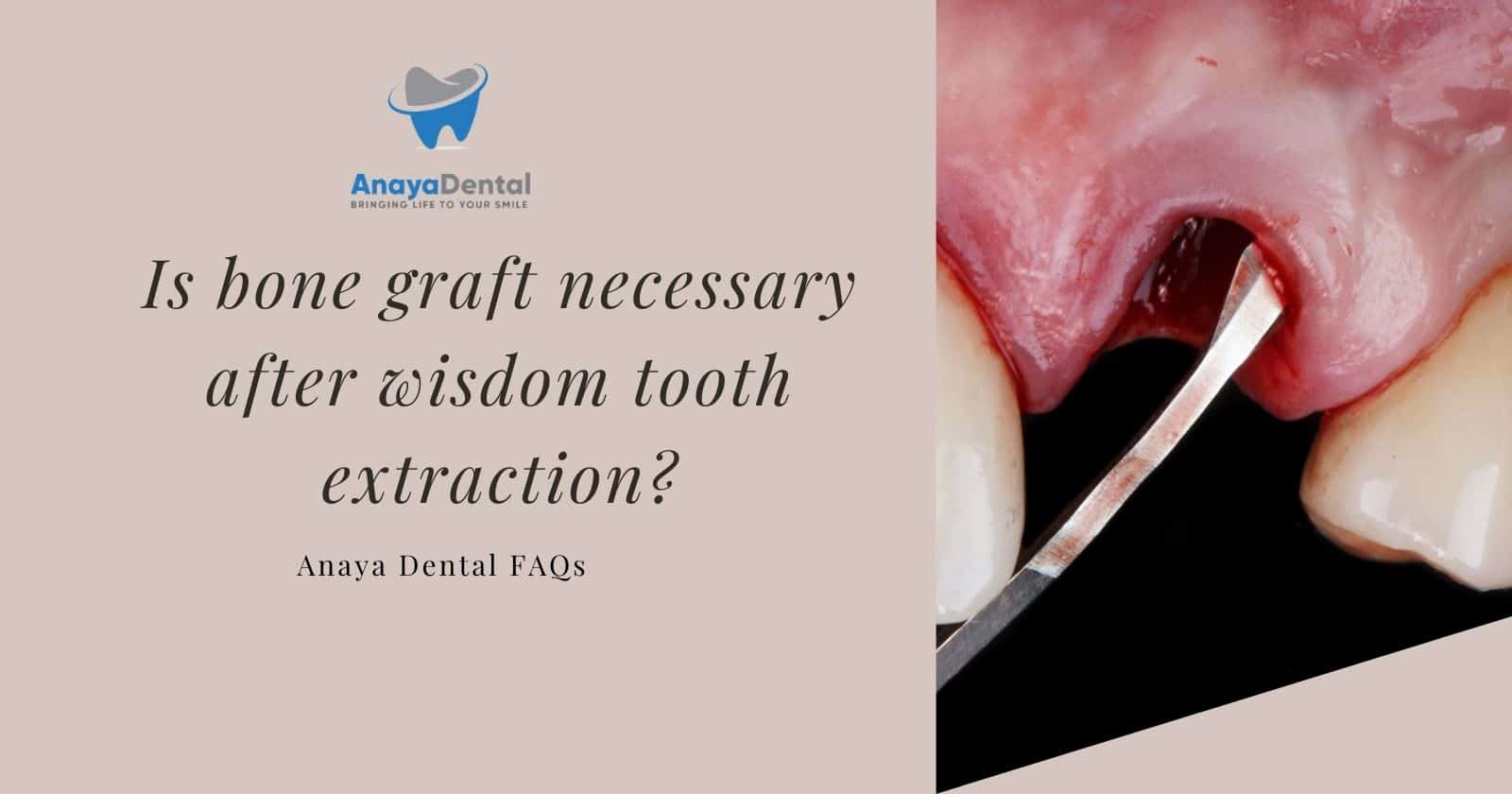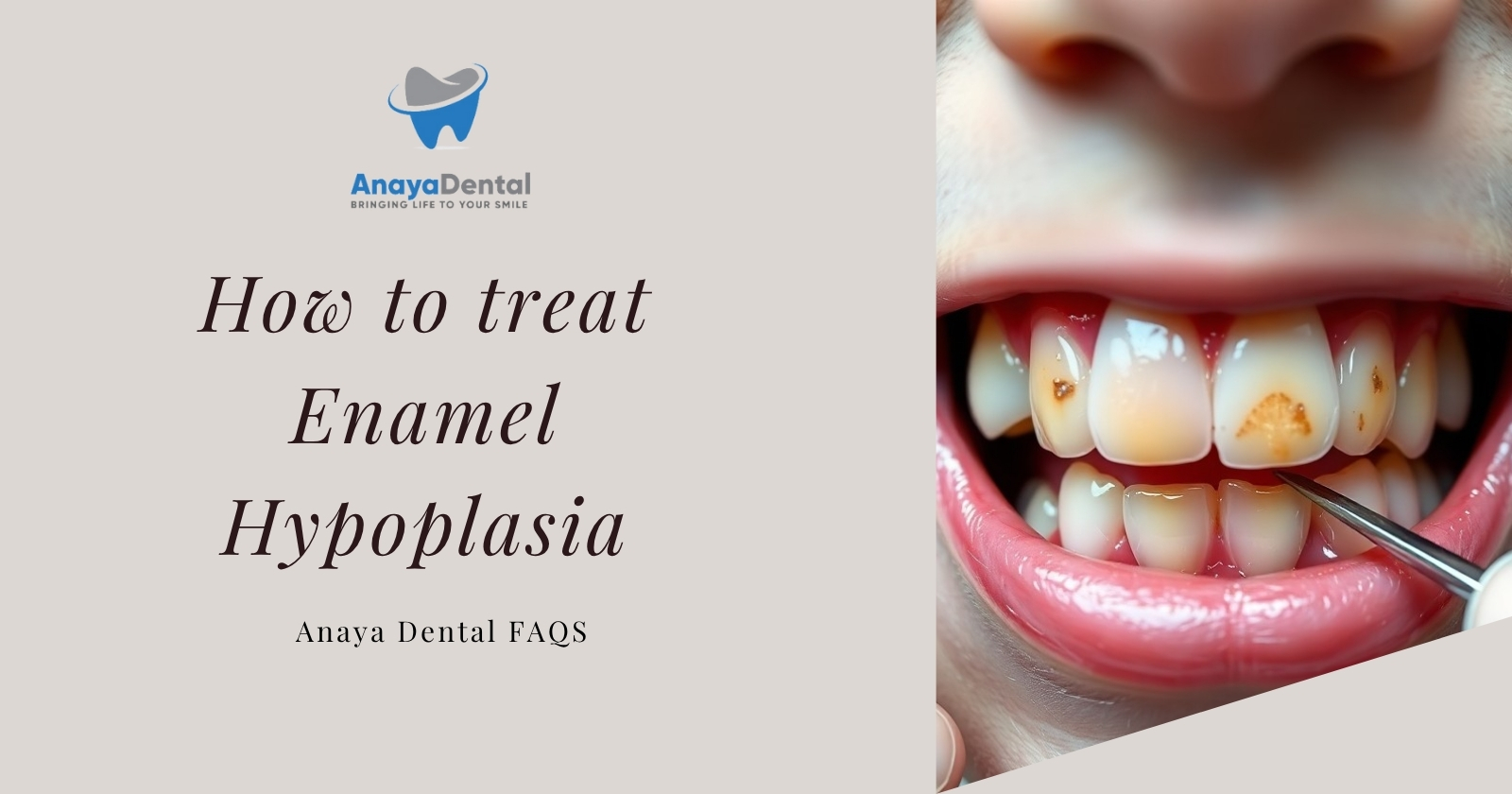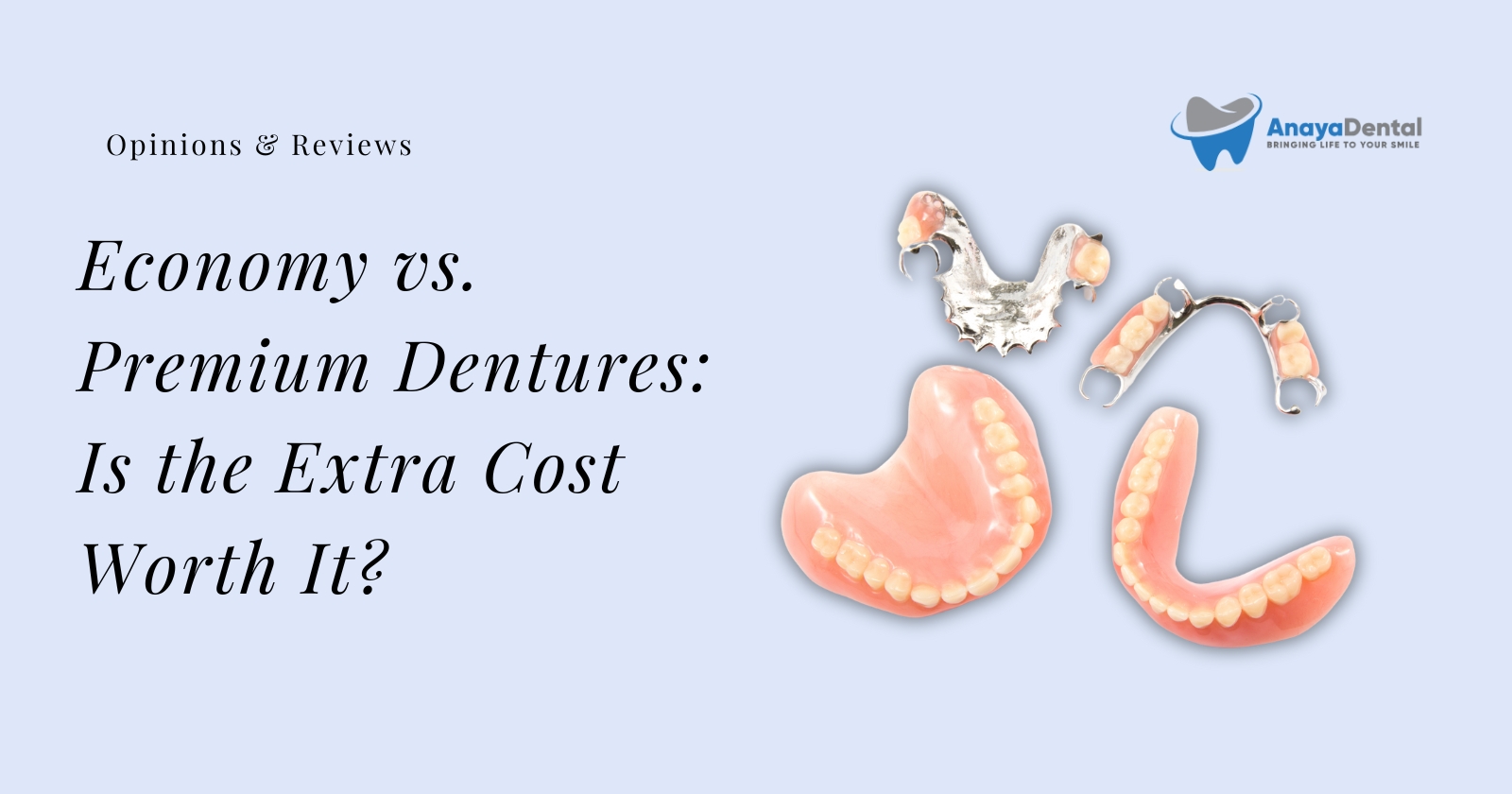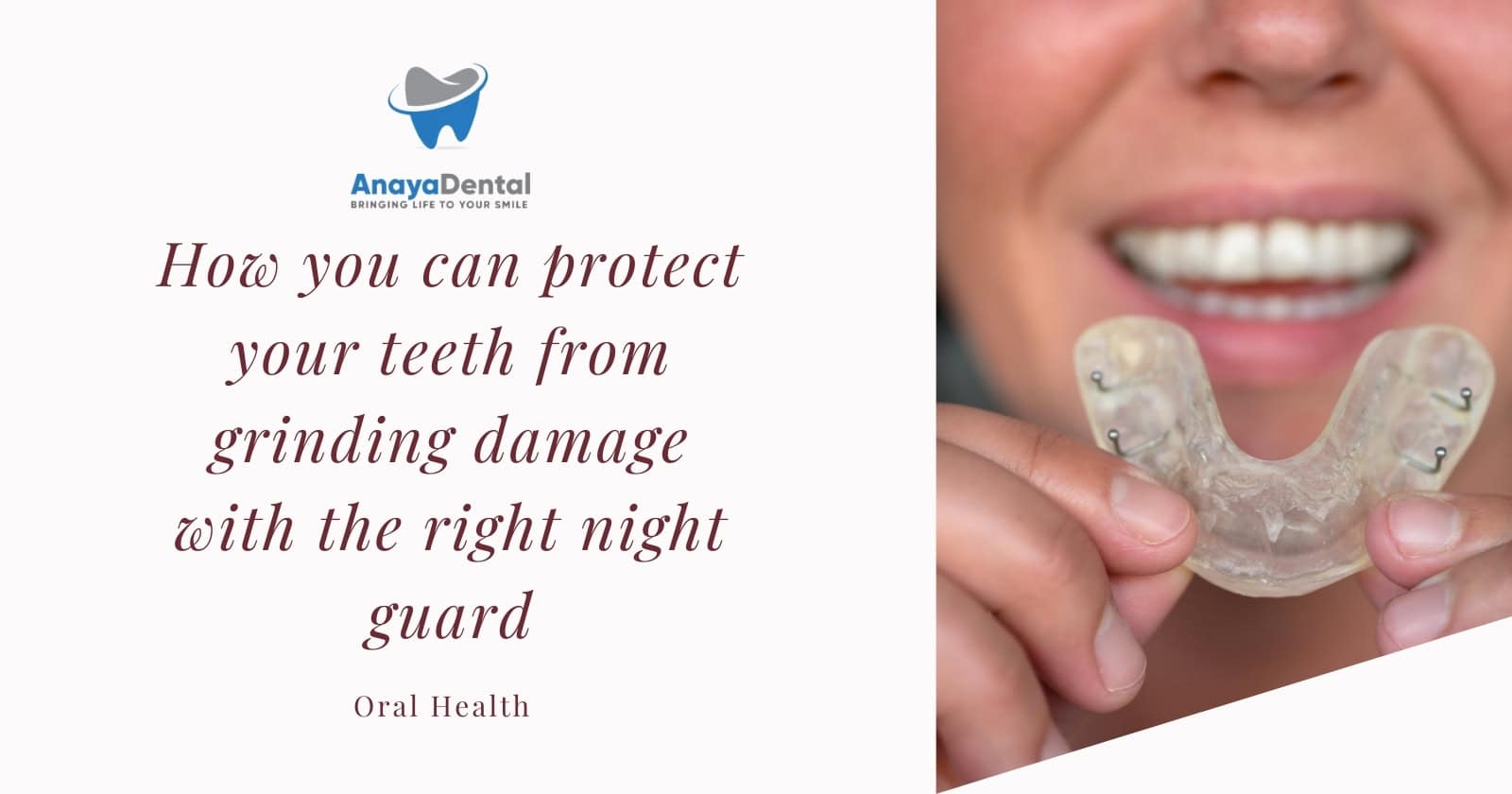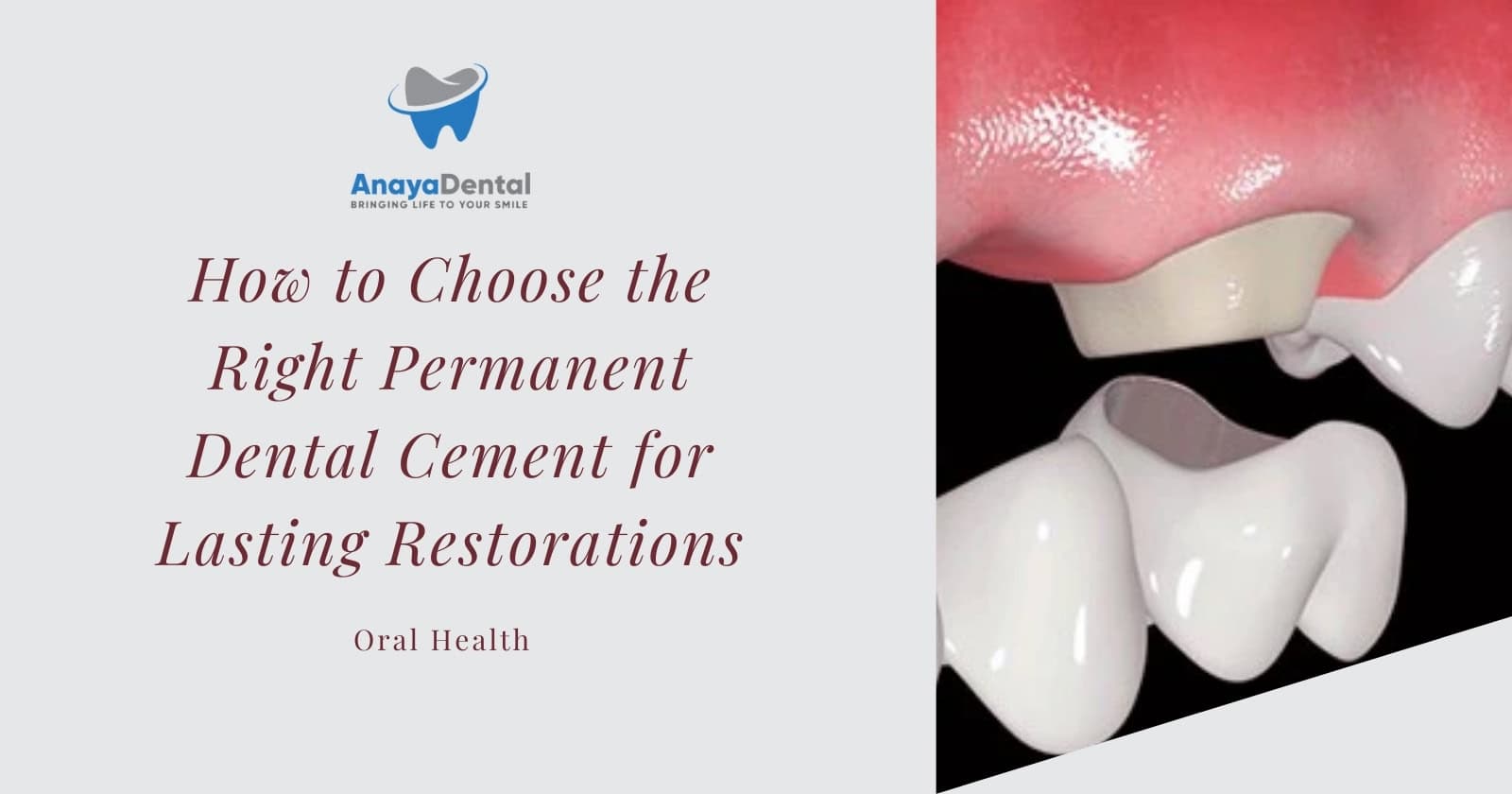Over the course of your dental care journey, you may find yourself facing the question of whether a bone graft is necessary after wisdom tooth extraction. Understanding the implications of this procedure can greatly influence your recovery and oral health. In this post, we will explore the reasons for considering a bone graft, its benefits, and what you should know before making a decision. By gaining insight into this aspect of your dental care, you can ensure you are well-informed about your treatment options.
Understanding Wisdom Tooth Extraction
As you approach the decision to have your wisdom teeth removed, understanding the extraction process and its implications is imperative. Wisdom tooth extraction is commonly performed to prevent overcrowding, pain, or infection when these teeth do not have adequate space in your mouth. Familiarizing yourself with the procedure, potential complications, and aftercare can help you navigate your dental journey more confidently.
The Procedure
On the day of your wisdom tooth extraction, you will receive a local anesthetic or sedation to ensure your comfort. Your dentist or oral surgeon will make an incision in your gum tissue to access the tooth and may need to remove some bone surrounding it. Once the tooth is extracted, the area is cleaned, and stitches may be placed to promote healing.
Try Our Dental Calculators
Potential Complications
Procedure may involve certain risks, including infection, dry sockets, and nerve damage. While most extractions go smoothly, complications can arise, affecting your recovery. It’s important to be aware of these potential issues so you can seek prompt care if needed.
To minimize your risk of complications following wisdom tooth extraction, follow your dentist’s post-operative instructions closely. Signs of infection, such as swelling, fever, or severe pain, warrant immediate attention. Additionally, dry sockets can occur when the blood clot at the extraction site dislodges, leading to discomfort and delayed healing. Keeping your follow-up appointments allows your dentist to monitor your recovery and address any concerns as they arise.
The Purpose of Bone Grafting
One of the primary purposes of bone grafting after wisdom tooth extraction is to preserve the integrity of your jawbone. When a tooth is removed, the surrounding bone can begin to deteriorate, leading to issues with facial structure and future dental procedures. Bone grafting helps to fill the void left by the extraction, promoting new bone growth, ensuring your jawbone remains strong, and providing a stable foundation for potential implants or other dental work in the future.
When is Bone Grafting Recommended?
Beside situations where significant bone loss has occurred due to the extraction, bone grafting is often recommended if you plan to receive dental implants in the future. If there’s insufficient bone density or volume in your jaw, a graft can ensure that the implant has a solid base for successful placement. Additionally, your dentist may suggest bone grafting if there’s a risk of bone resorption or to prepare the site for further oral procedures.
Benefits of Bone Grafting After Extraction
Before considering tooth extraction, it’s crucial to evaluate the advantages of bone grafting. This procedure not only stabilizes your jawbone but also aids in preserving your facial aesthetics. By preventing bone loss, bone grafting can support future dental implants, making them more stable and successful. Furthermore, maintaining the natural contour of your jaw can enhance your overall confidence and oral health.
Grafting helps to restore the quantity and quality of bone tissue, which can significantly affect your oral health. By choosing to undergo bone grafting, you reduce the risk of future complications that may arise from bone loss, such as misalignment of neighboring teeth or changes in your facial appearance. Moreover, successful bone graft integration allows for the successful placement of dental implants, ensuring that your overall dental structure remains intact and functional for years to come.
Factors Influencing the Need for Bone Grafting
Some factors play a significant role in determining whether bone grafting is necessary after your wisdom tooth extraction. These include:
- Your age
- Bone health
- The extent of tooth damage
- Your healing capacity
- The position of the tooth
Knowing how these factors impact your dental procedure can help you make informed decisions with your oral surgeon.
Age and Bone Health
Bone density tends to decline with age, which can affect the need for bone grafting. You may find that younger patients often have healthier bones that can heal more effectively, potentially reducing the necessity for grafts. However, if you have pre-existing conditions affecting your bone health, this might alter the scenario.
Extent of Tooth Damage
Below the surface of your teeth lies the condition of the surrounding bone. If your wisdom tooth was severely damaged or impacted, removing it may lead to significant bone loss. This scenario often requires a bone graft to promote healing and stability in your jawbone.
A tooth that has been extensively damaged can compromise the supporting bone structure and create a void during extraction. If your dentist determines that the extraction left a larger gap or contributed to bone loss, they may recommend bone grafting swiftly after the procedure. This intervention can help maintain your jaw’s integrity and ensure that any future dental work, such as implants, has a solid foundation. Understanding the implications of your tooth’s condition can aid you in discussing your options with your dental professional.
Alternatives to Bone Grafting
All individuals considering wisdom tooth extraction may wonder about the necessity of bone grafts. Fortunately, there are viable alternatives that can support your healing and maintain dental integrity. Exploring these options can help you make informed decisions regarding your oral health, ensuring you choose the best path post-extraction.
Natural Healing Processes
Alternatives to bone grafting include allowing your body’s natural healing processes to take over. Your body is capable of filling the empty socket with healthy tissue and bone over time. Engaging in proper oral hygiene practices and following your dentist’s aftercare instructions can enhance this natural recovery, facilitating a smooth healing experience without the need for additional procedures.
Other Dental Procedures
Procedures that can serve as alternatives to bone grafting may include dental implants and sinus lifts, depending on your specific circumstances. Implants can be placed directly into the jawbone and may not require grafting in certain cases. Sinus lifts might be recommended to increase bone height in the upper jaw, allowing for a more stable foundation for dental implants.
Hence, you should consider these other dental procedures as alternatives to bone grafting. Consulting with your oral surgeon will help you determine if dental implants or sinus lifts fit your needs. These options can effectively support the integrity of your mouth, potentially eliminating the need for a graft and enhancing your overall dental health.
Recovery and Aftercare
Not all recovery experiences are the same, but focusing on your aftercare is necessary for minimizing complications following wisdom tooth extraction. Proper rest, adhering to your dentist’s instructions, and managing pain effectively can significantly speed up your healing process and enhance your overall experience. Ensuring you keep your follow-up appointments allows your dentist to assess your recovery and address any concerns that may arise. Your proactive approach to post-extraction care will pave the way for a smoother recovery.
Post-Extraction Care
Before you leave the dental office, your dentist will provide specific care instructions tailored to your procedure. These may include guidelines on diet, pain management, oral hygiene, and activity restrictions. It’s vital to follow these directives closely to promote proper healing and minimize the risk of infection or complications. Staying hydrated and eating soft foods can greatly improve your recovery experience during the first few days.
Monitoring Healing
For a successful recovery, it’s important to keep an eye on your healing process. After your wisdom tooth extraction, watch for any signs of unusual symptoms, such as excessive swelling, increased pain, or any discharge from the extraction site. Regularly assess how you’re feeling at this stage, as early detection of potential issues can make a significant difference in your recovery journey.
Understanding what typical healing looks like can help you feel more confident in managing your post-extraction recovery. You should expect some swelling and minor discomfort in the initial days, which gradually subsides. Keeping track of your symptoms and comparing them to expected healing patterns allows you to recognize if something seems off. Should you notice anything unusual, don’t hesitate to contact your dentist for advice, ensuring you stay on the right track toward full recovery.
Expert Opinions and Case Studies
Despite varying opinions within the dental community, numerous case studies shed light on the necessity of bone grafts after wisdom tooth extractions. Here are some findings:
- Study of 120 patients: 75% who received bone grafts reported better stability of adjacent teeth.
- Research involving 200 cases: 60% experienced less pain and quicker recovery with grafting.
- Analysis of 150 wisdom tooth extractions: 45% of non-grafted patients developed complications such as dry socket.
Insights from Dental Professionals
At your dental appointment, professionals often stress the importance of individualized treatment plans. Education from your dentist about your specific circumstances can help you understand whether a bone graft is advisable for your case. Expert insights frequently regard bone grafts as a preventive measure that can enhance long-term oral health.
Patient Experiences
Dental patients express varied views regarding their experiences with or without bone grafts post-wisdom tooth extraction. Some found that the additional procedure provided peace of mind, while others felt it was unnecessary.
Case studies highlight individual anecdotes: one patient underwent extraction without a graft, only to later require further dental work due to bone loss; whereas another patient who had a graft reported a seamless recovery and improved jaw stability. These experiences illustrate the impact of treatment choices on long-term dental health and emphasize the need to weigh your options carefully.
Conclusion
On the whole, whether bone grafting is necessary after your wisdom tooth extraction depends on your individual circumstances, including the condition of your jawbone and the type of extraction performed. If your dental professional recommends it, it may help maintain bone structure and facilitate proper healing. Discuss your specific situation and options with your dentist to make an informed decision that best supports your long-term oral health.
